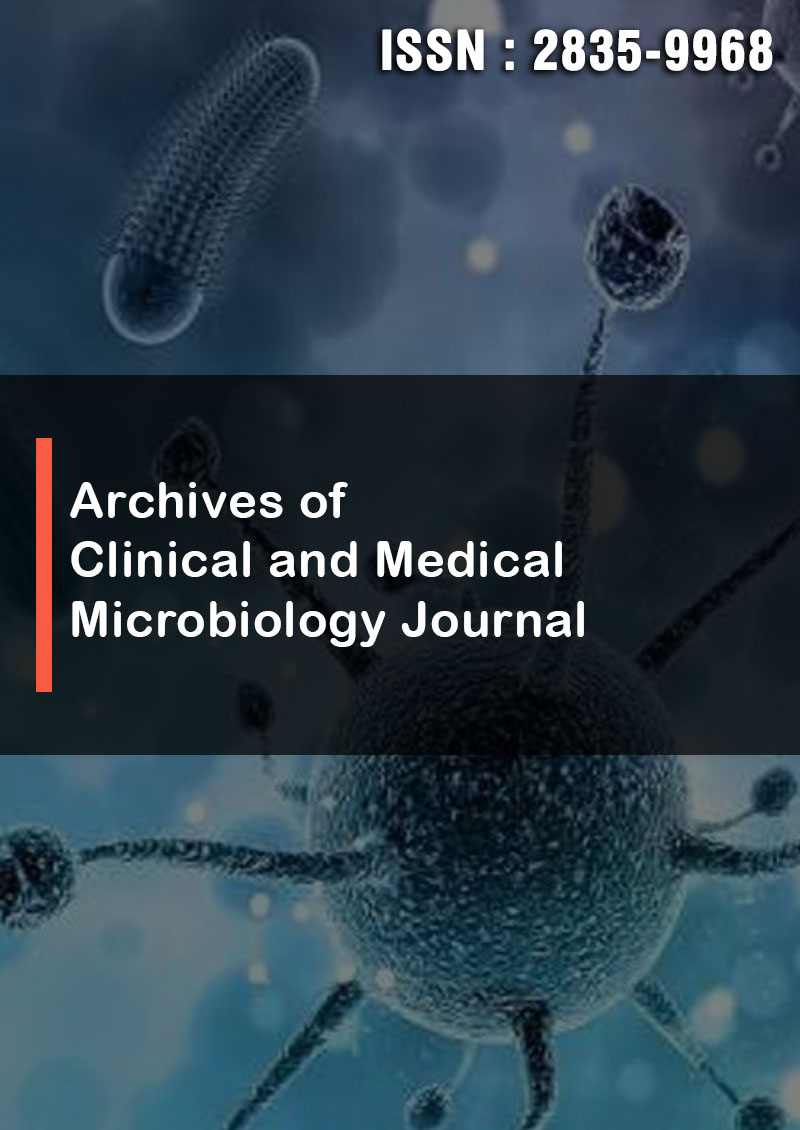Prevalence and Predictors of Post-Partum Depression in Pakistan
Abstract
Anina Qureshi, Sohail Ahmad, Qurat-Ul_Ain, Aayza Ahmed, Danyal Javed, Muhammad Sohaib Khalid, Quratulain Raza, Sadia Azad and Faiza Jamshaid
Background Postpartum depression is a severe mental health condition that affects a significant portion of women globally, with higher rates observed in developing countries. PPD hampers a mother's and child’s health but regular screening and support can reduce the risk of PPD. However, research on the prevalence and risk factors of PPD has been scarce in Pakistan.
Aim To assess the prevalence and risk factors associated with postpartum depression (PPD) among new mothers in Rawalpindi and Islamabad.
Methods A descriptive cross-sectional study was conducted among new mothers of twin cities over a period of three months. Sample size was 382 participants were recruited through convenience sampling. The Edinburgh Postnatal Depression Scale (EPDS) was employed to assess depression severity. Data were analyzed using SPSS v 25.0.
Results The mean postnatal period of the study population was 6.32 ± 2.724 weeks. All participants exhibited some degree of postpartum depression, with 75% experiencing severe symptoms. The incidence of severe depression was higher among women aged 26-35 years, having normal body weight, with three or more children, no daughters, and those with no miscarriage history. Lastly, occupational status and geographical location (urban vs. rural) were not significantly associated with depression severity.
Conclusion and Future Implications Post-partum depression is highly prevalent among women in Pakistan. Therefore, there is an urgent need for targeted interventions and support systems for vulnerable groups, particularly women in the 26-35 age group with normal BMI. Moreover, PPD screening must be integrated into routine maternal healthcare services in Pakistan. resistant genes was observed, including TEM, CTX-M, SHV, and VEB types. The bacterial isolates (S. scuri ssp. lentus, S. gallinarum, S. eqourum, and S. xylulosus) demonstrated high antimicrobial resistance to commonly prescribed antibiotics, particularly gentamicin, erythromycin, sulfamethoxazole, and tetracycline.



